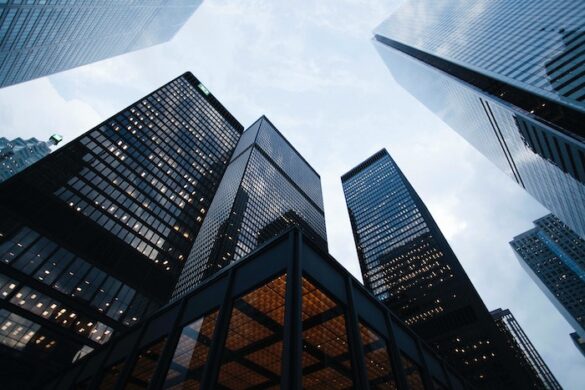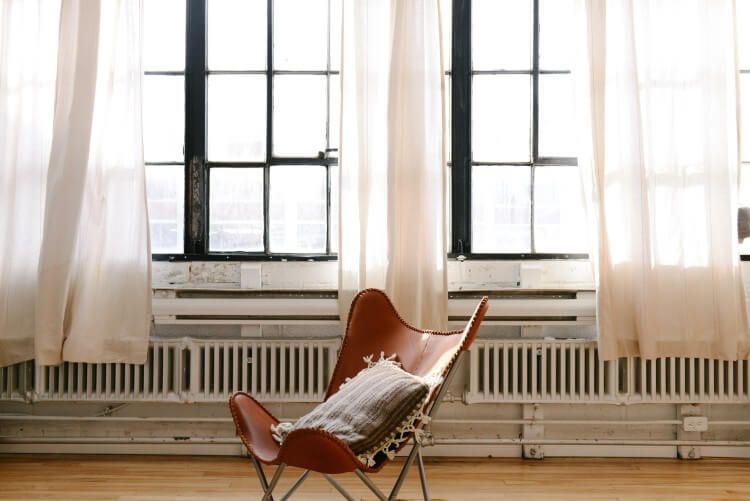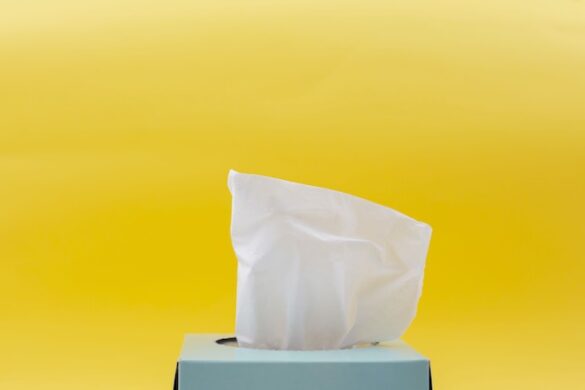Most people refer to it as “sheet rock”. However, since that is a trademarked term, we will simply refer to it as “gyp board.”
Gyp board is simply gypsum sandwiched between paper. Some companies (such as US Gypsum (makers of Humitek) chemically treat the paper in order to make it “mold resistant”. Others eliminate paper entirely and use glass mat facings instead. This makes it harder for mold to adhere to its surface.
Most “mold resistant’ gyp board has been tested according to the ASTM 03273 Stanford Test Method for Resistance to Growth of Mold on the surface of interior coatings in an environment chamber. Products are rated 0 to 10 — 0 being the performance of regular gyp board. Quite a few manufacturers quote high performance under these standards.
What they don’t tell you is that the product is tested for performance for only 30 days. Let’s face it – mold will grow on almost any surface given the right conditions. However, many of us would like our gyp board to be mold resistant for more than 30 days.
Mold resistant gyp board does carry a warranty which usually ranges from a warranty for no defects at time of shipment up to a 3 year warranty on manufacturer’s defects. However, they have no specific warranty on mold resistance. As a matter of fact, quite the opposite is true. Manufacturers will frequently cover themselves legally by printing ‘directions’ on their products such as “avoid exposure to excessive, continuous moisture.”
In view of all this, the question arises, “is it worth paying double (around $9.98 per sheet) for the “mold resistant” gyp board when conventional gyp board is going for about $4.98 per sheet?
The answer is a loud and resounding “yes”. Firstly, family and loved ones deserve our best efforts to protect them from mold.
Secondly, for peace of mind knowing that all was done that could be done.
But, just in case, put a good moisture barrier up before putting up the gyp board. If it does eventually grow mold, at least it won’t spread to the studs and insulation.




3 comments